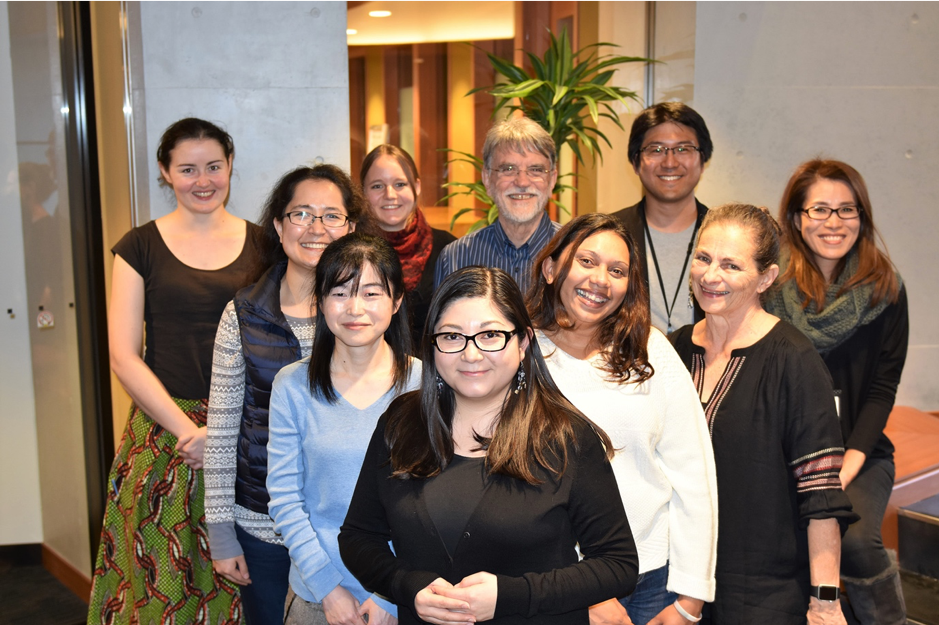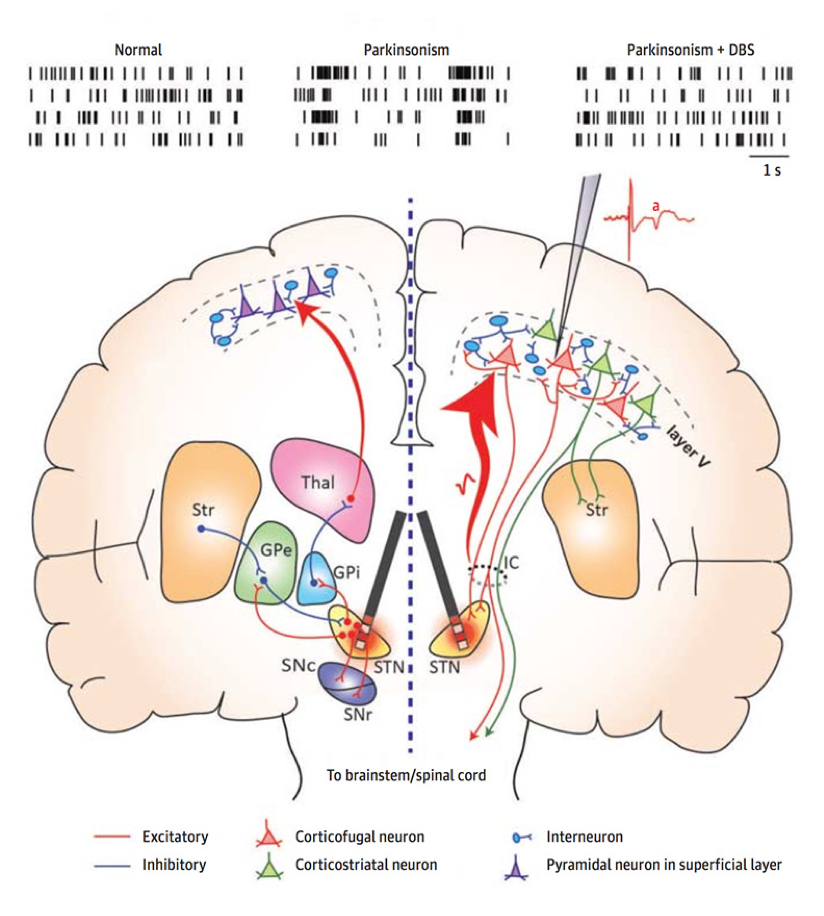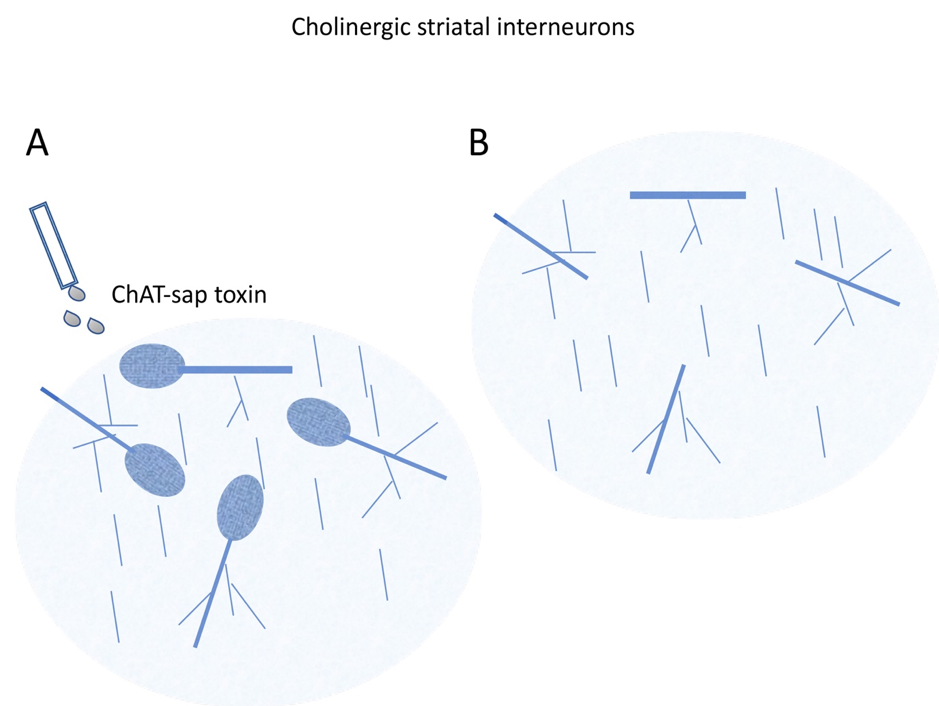FY2016 Annual Report
Brain Mechanisms for Behaviour Unit
Professor Gordon Arbuthnott

Abstract
Violeta Lopez-Huerta left for MIT, Omar Jaidar went to Stanford and I became Dean of Faculty Affairs. In a sense, it was the end of an era with some data published, other results presented at conferences, and others still to be published; of course, a task held-up by Omar’s and Violeta’s departure from Unit and my own immersion in the administration of the University for two years. During the time of this report, nonetheless, we started two new investigations, wrote some of our developing ideas as literature reviews and presented the initial results at scientific meetings. Indeed a strong effort was made to keep the wheels turning.
1. Staff
- Dr. Marianela Garcia Munoz, Group Leader
- Dr. Teresa Hernandez Flores, Researcher
- Dr. Emmanuelle Sandrine Albert, Researcher
- Yoko Nakano, Technical Staff
- Nilupaer Abudukeyoumu, Graduate Student
- Bianca Sieveritz, Graduate Student
- Hiroko Chinone, Research Unit Administrator
2. Collaborations
2.1 Description of cerebellar afferents to motor thalamus
- Type: Joint Research
- Researchers:
- Prof. Luoise Parr-Brownlie, University of Otago, New Zealand
- Nikki Guy, University of Otago, Dunedin, New Zealand, performed research work for her MSc in the Unit
2.2 Noradrenaline input to cerebellum
- Description: Manuscript preparation
- Type of Collaboration: Joint research discussions
- Researchers:-
- Dr Hermina Nedelescu, Professor Chie Aoki, New York University
2.3 Activity of motor cortex in Parkinson’s disease
- Description: Manuscript in progress
- Type of collaboration: Joint Research
- Researchers:
- Professor Wing Ho Yung, Chinese University of Hong Kong, China
2.3 Optical probe for deep brain recordings
- Description: Research work on optical probe by graduate student Simon Peter Mekhail
- Type: Joint research
- Researchers:
- Prof. Sile Nic Chormaic, OIST Graduate University, Light-matter Interactions Unit.
3. Activities and Findings
3.1 A cortical theory of Parkinsonism
Bringing together three papers we had published recently, I presented a poster to the II. International Conference on Deep Brain Stimulation (DBS) in Dusseldorf, Germany, and wrote a summary review about the idea that the symptoms of Parkinsonism might have a cortical origin. Although the cause of Parkinsonism is certainly the loss of dopamine the source of the behavioral difficulties seem to involve cortical malfunctions since cures for the symptoms all change the power in the Beta range (15-30Hz) in the patients’ electroencephalogram. In our animal studies, we had shown that DBS antidromically drives cortical cells and disrupts the Beta rhythm in animals lacking dopamine in the striatum.

3.2 Loss of cholinergic neurons does not remove staining for cholinergic terminals
Within striatum we have been exploring the effects of destroying Cholinergic Interneurons in the part of the striatum associated with forelimb skill. To our surprise the toxin ChAT-saponin destroys the cell bodies but when we stained for the vesicular Acetyl Choline Transporter vAChT the terminals were still present. We stereologically counted the terminals and found that destroying the cells led to a net increase in terminals that slowly reduced back to pre-lesion levels at 6 weeks after the toxin injection. It seems that the terminals are being replaced by the surviving cells since the part of the striatum in which we made the lesion is poorly innervated by the other source of Cholinergic terminals in striatum; the pedunculo-pontine nucleus. We could find no evidence that any change in their innervation was present in our operated animals.

4. Publications
4.1 Journals
- Arbuthnott, G.W. & Garcia-Munoz, M. (2017) Are the Symptoms of Parkinsonism Cortical in Origin? Computational and Structural Biotechnology Journal, 15, 21-25.
- Lopez-Huerta, V.G., Nakano, Y., Bausenwein, J., Jaidar, O., Lazarus, M., Cherassse, Y., Garcia-Munoz, M. & Arbuthnott, G. (2016) The neostriatum: two entities, one structure? Brain structure & function, 221, 1737-1749.
- Mekhail, S.P., Arbuthnott, G. & Chormaic, S.N. (2016) Advances in Fibre Microendoscopy for Neuronal Imaging. Optical Data Processing and Storage, 2.
- Nedelescu, H., Chowdhury, T.G., Wable, G.S., Arbuthnott, G. & Aoki, C. (2017) Cerebellar sub-divisions differ in exercise-induced plasticity of noradrenergic axons and in their association with resilience to activity-based anorexia. Brain structure & function, 222, 317-339.
4.2 Books and other one-time publications
Nothing to report
4.3 Oral and Poster Presentations
- Arbuthnott, G. W. & Garcia Munoz, M. Could Parkinson’s disease symptoms depend on a cortical malfunction Movement Disorders Annual Meeting 11, Amsterdam, Netherlands (2016).
- Arbuthnott, G. W. & Garcia Munoz, M. Could Parkinson’s disease symptoms depend on a cortical malfunction II International Conference on Deep Brain Stimulation (DBS) Dusseldorf, Germany, From March 15-17 (2016).
- Lopez Huerta, V. G. Jaidar, O. Nakano, Y. Garcia Munoz, M. & Arbuthnott, G. W. Striosomes as 'private' compartment within striatum Dopamine 2016 Vienna, Austria, From September 5-8 (2016).
- Abudukeyoumu, N. Garcia-Munoz, M. Jaidar, O. & Arbuthnott, G. W. Striatal cholinergic interneurons: their depletion and its progression Society for Neuroscience Annual Meeting San Diego, USA. From November 11-15 (2016)
- Sieveritz, B. Garcia Munoz, M. & Arbuthnott, G. W. Motor Thalamic Afferents to Prelimbic Cortex Target Pyramidal Neurons and Inhibitory Interneurons Gordon Research Seminar and Conference on Thalamocortical Interactions Feb 17-23, 2017:
- Abudukeyoumu, N. Nakano, Y. Garcia-Munoz, M. & Arbuthnott, G. W. Partial Deletion of Cholinergic Interneurons from Dorsolateral Striatum and its Role in Behavioral Responses. International Basal Ganglia Society Merida, Mexico, From March 27-30 2017.
- Hernandez Flores, T. Jaidar, O. Nakano, Y. Garcia Munoz, M. & Arbuthnott, G. W. Correlated neuronal activity in the mouse motor cortex. International Basal Ganglia Society Merida, Mexico, From March 27-30 2017.
- Sieveritz, B. Garcia Munoz, M. & Arbuthnott, G. W. Motor Thalamus Targets Rat Prelimbic Cortex International Basal Ganglia Society Merida, Mexico, From March 27-30 2017
5. Intellectual Property Rights and Other Specific Achievements
Nothing to report
6. Meetings and Events
6.1 Seminar: Reprograming of neuronal microcircuits with single cell resolution
- Date: Feb 10-12, 2017
- Venue: OIST Campus Lab1
- Speaker: Dr. Luis Carrillo-Reid (Columbia University.USA)
7. Other
Nothing to report.



